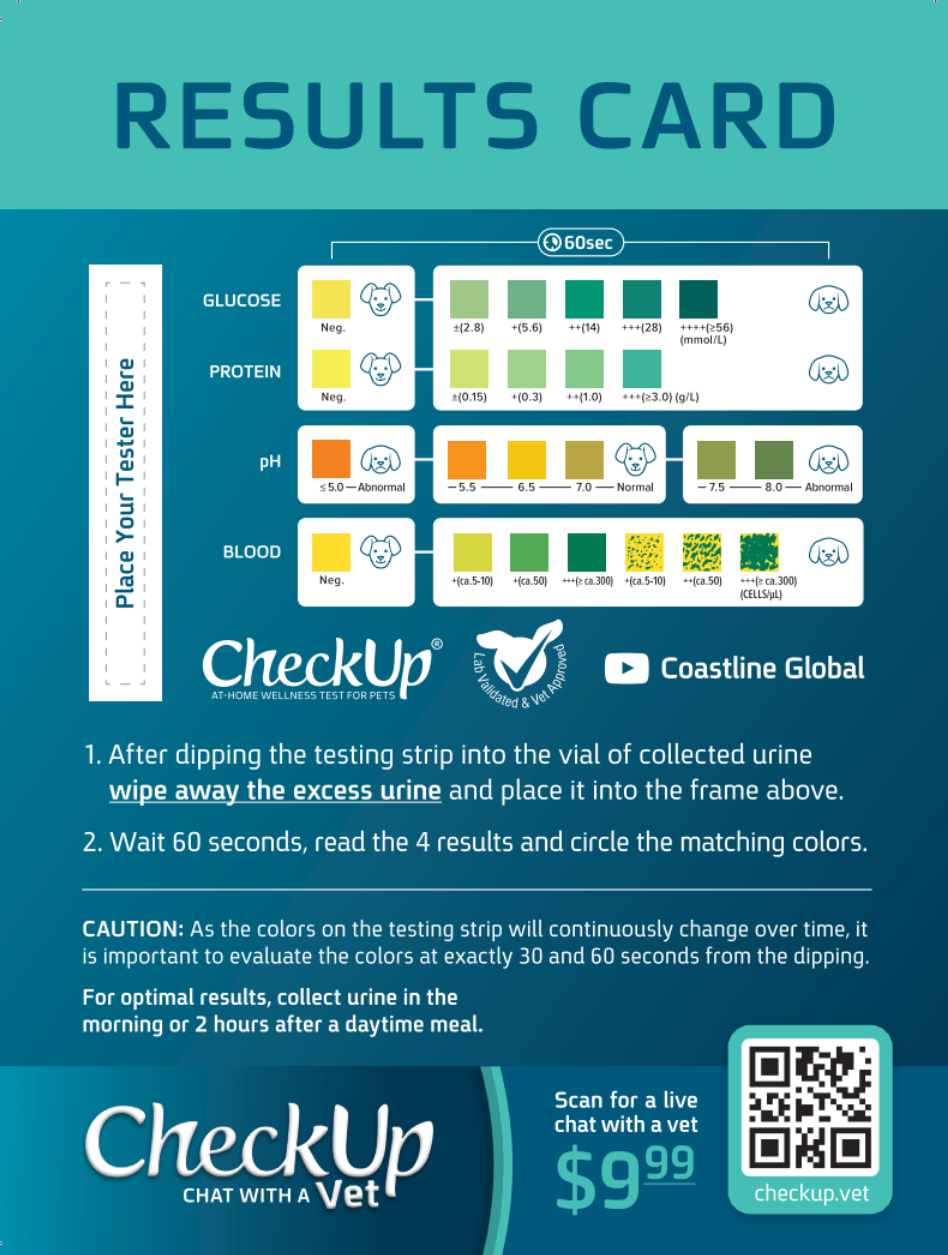Kidney disease is one of the leading health problems in cats. There are two main kinds of feline kidney disease: acute kidney disease and chronic kidney disease. Acute kidney disease means the kidneys have started to get sick. In certain cases, this condition may be reversible with aggressive treatment. Chronic kidney disease, however, means that a cat’s kidneys are irreversibly damaged and that he will eventually suffer from kidney failure. Luckily, treatment and a fluid-rich diet can slow the progress of chronic kidney disease dramatically.
Symptoms
Excessive drinking and urinating are two common signs of kidney disease. As the kidneys start to fail, they desperately try to do their job of filtering waste into the urinary tract. They overcompensate, pushing even more water and waste through. To compensate for the loss of water in his body, your cat will drink more. This will work for a time, but soon your cat will start losing weight and experiencing anemia. Other signs of kidney disease include your cat not grooming himself, acting lethargic, and being unusually finicky at mealtimes. Nausea and vomiting are other signs. Some cat owners have also seen their furry friends standing over their food or water dishes without doing anything, as if they want to eat and don’t understand why they don’t feel well.
How do cats get kidney disease?
No one knows what causes kidney disease in cats. Cats in general tend to have health problems with their kidneys and urinary tracts. Older cats, or those who have certain chronic or severe conditions like diabetes, thyroid issues, or Lyme disease may also be more prone to it. Unhealthy gums may be an additional cause, but no one is sure. Hopefully science will one day find the root of the problem.
Diagnosis
It is important to get your cat to the vet as soon as you notice a problem: acute kidney disease may be reversible if it’s caught in time. When you arrive, your vet will palpate your cat’s kidneys, which feel different when they’re not in good condition. She’ll also take blood and urine samples. If your vet advises you to collect the sample yourself, it’s advisable to do it first thing in the morning, if possible, before your cat has had water which could dilute whatever pure urine he’s still able to produce. By analyzing how much urine is in the sample, your vet will be able to determine how advanced the kidney disease is.
Many home urine testing kits come with non-absorbent litter made of small plastic balls. Unfortunately, these balls don’t collect urine in any way, making it hard to gather enough for a sample. Even more unfortunately, they also tend to irritate cats’ paws; approximately 75% of cats will refuse to use this kind of litter. Kit4Cat is an excellent solution to these problems. Its litter is made of odorless hydrophobic sand, which means liquid collects on top of it in puddles, making it easy to get a sample. The samples also have a low contamination rate, comparable to that of urine samples taken via catheter. And best of all, cats feel comfortable using it. Kit4Cat’s litter has a 100% acceptance rate among cats.
Treatment
Although some cases of acute kidney failure can be reversed, in most cases, nothing can heal a cat’s damaged kidneys. But treatment can slow the rate of kidney degradation and prolong your pet’s life. Medication, a fluid-rich diet, and in some cases, regular fluid injections (diuresis), are the three elements of kidney disease treatment. If you have to inject fluids, your vet will show you how – it’s easy to learn and most cats aren’t bothered by it. Regular blood tests at your vet’s are also important: they will help monitor the effectiveness of your cat’s diet, as well as his health in general.
More extreme treatment may also be possible. Hemodialysis (filtering the blood – the same process used in human kidney disease patients) or, more commonly, peritoneal dialysis, where a tube filled with a substance that absorbs waste is inserted through the abdomen, then removed a few hours later, may also be a possibility. A kidney transplant could be another option. It’s expensive and in fairly early stages of development, but it could extend your cat’s life from a few months, to several years. Talk to your veterinarian about these options to see if they’re right for you and your cat.
Can a cat with kidney disease live a happy life?
In many cases, yes. If your cat’s kidney disease isn’t too advanced, and if it’s being treated, a cat with kidney disease can live for many years without discomfort. Your vet will let you know how far the disease has progressed, and discuss options with you.







